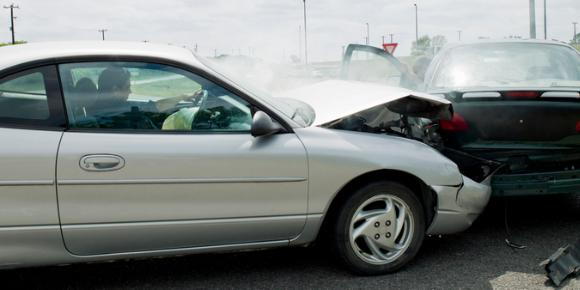
Proving Fault in a NJ Car Accident
- posted: Oct. 04, 2023
- Car Accidents
Despite many road safety initiatives over the years, traffic accidents remain a big problem in New Jersey. Every year thousands of people are injured in automobile crashes. In general, those who are harmed are entitled to compensation from the driver that caused the accident.
New Jersey is a no-fault state, which means that an injured crash victim must look first to his or her own Personal Injury Protection (PIP) insurance for reimbursement of medical costs, lost pay and other accident-related expenses. However, for serious injuries that carry costs in excess of PIP coverage, the victim may be able to bring a separate lawsuit based on another driver’s fault.
In such a lawsuit, if multiple parties are found to responsible for causing an accident, the rule of comparative negligence applies. That means each party can be held liable up to their percentage of fault. If the victim was partially at fault, his or her damages will be reduced proportionally.
There are a variety of ways to establish fault, such as these:
- Witnesses’ statements — People who witnessed the accident can include the drivers involved, passengers in the vehicles, other motorists on the roadway and bystanders on the street.
- Police reports — The police have a duty to investigate and document traffic accidents. A police report is sometimes conclusive evidence of the cause of the accident.
- Physical evidence — Crashes often leave behind evidence of their causes. Examples include skid marks from heavy braking, tire tracks and debris fields. The position and extent of the damage done to each vehicle can also serve to recreate how the accident occurred.
- “Black box” data — Modern cars are equipped with sensors that monitor and track a wide variety of data. This can include vehicle position, steering input and braking forces at the time of an accident.
- Photographic/video evidence — Cameras are often affixed to traffic signals, placed into cars and mounted on the outside of buildings and homes. In addition, people with mobile phones are usually at the ready to take videos and photos. There is a good chance that someone will have recorded at least part of the accident.
- Ancillary evidence — Sometimes outside evidence can prove valuable. Blood test results can show whether a driver was intoxicated. Mobile phone records can show whether a driver was distracted by using their phone while driving.
If you’re involved in an accident, whether as a driver or passenger, you should first make sure that you and others are out of harm’s way. Then, after calling 9-1-1, try to collect information about the accident and to document it with photos or videos. This will help your automobile accident attorney begin an investigation to discover and preserve the evidence needed to support your damages claim.
Seigel Law in Ridgewood is a personal injury law firm with wide experience obtaining compensation for victims of auto accidents across northern New Jersey. Please call 201-444-4000 or contact us online for a free initial consultation.

